On a dark night during the winter of 1999, I was called to certify a patient dead. I arrived at the dimly lit ward, where the nurses were busy completing their paperwork. The dead patient had the clinical white curtains around her bed. Certification of death at this time of the night is usually quite harrowing for any junior doctor, and this was the first time I had done it.
The patient had a white sheet over her head. Certification required removal of the sheet and examination of her chest and eyes. Sitting there I couldn’t help but think that the essence of the person had left this lifeless body.
Of course, I went about my business, checking her for signs of life with the aid of my trusty stethoscope. The only problem was that I could my heart and breathing rate increase rapidly. The temperature had dropped around me quite quickly. It was something I didn’t quite understand, since hospitals were always quite well heated. As a doctor, we often learn to ignore these subtle but odd features around dead people. It is after-all easier for us to accept that we won’t be haunted by all our dead patients.
While I rapidly wrote up the patient’s notes and made myself a strong coffee in the doctors’ mess, I began to contemplate the existence of the afterlife. What if death was not the end?
This was not to be my only eerie experience as a doctor. There were to be two more similar occurences. The final one was in 2003 when an attempted resuscitation of a young man had failed. For a week or more, I could smell cigarette smoke around me, an odd presence that I couldn’t quite explain. Perhaps the patient had felt lost in death and latched onto me. This is probably the worst week I have ever spent with cigarette smoke engulfing me each time I tried to work, eat or sleep. After his funeral, the smell of cigarette finally left me and I was so relieved by it. I tried to explain away this incident by simply telling myself that it was all a coincidence.
Hospitals are filled with people in a state of heightened emotion. As doctors, we do our best to save life and cheat death, but sometimes the effort can be futile. Deaths in hospitals occur following long periods of suffering, pain and illness. Sometimes, one could say that people’s emotional issues remain unresolved if death is quite unexpected or sudden. Perhaps that may be the reason for a number of reported hauntings. Hospitals in England are infamous for their haunting and ghost stories, the most recent one being Derby Royal Hospital who summoned an exorcist to deal with their apparent haunting.
As a scientist, I have been reluctant to accept the existence of ghosts or the afterlife, but we must accept that there are limits to science. It does not explain all phenomena in the world. There are still some unexplained mysteries; one of them is the existence of the after-life. Most of life is about understanding and respecting the views of others and at least entertaining the prospect that there may well be evidence that cannot be measured in the scientific laboratory.
The only certainty in our lives is death. Everyone dies eventually. We have all lost relatives and the bereavement is excruciating, arising from our belief that we will never see our loved one again. Of course, we ask ourselves whether our loved ones actually disappear forever or not.
I started to consider physics and the law of conservation of energy. Simply put, “Energy in a system may take on various forms (e.g. kinetic, potential, heat, light). The law of conservation of energy states that energy may neither be created nor destroyed. Therefore the sum of all the energies in the system is a constant”. It is for this reason that I have felt that the energy within us cannot just simply disappear; it must alter and exist in a different state.
Most religions advocate the prospect of an afterlife. The afterlife is also called life after death, hereafter, the next world or the other side in religion, mythology, philosophy and even fiction. Religion uses various models of the afterlife, such as reincarnation, heaven or hell, limbo and purgatory. This is often based on the faith that there is a God or a higher body that watches over us.
Mediums – also called psychics – are said to have the power to communicate with the spirits of the dead, or with agents of another world/dimension. One of the most famous mediums in the western world is a very vivacious Alison Dubois. Alison’s books are insightful and her adventures with the spiritual world caught the eye of television companies in the US, who subsequently made the engaging and successful Medium.
It is interesting that through the testimony of Alison Dubois in her interviews and books, I slowly began to understand and make sense of the experiences I had during my time as a doctor working to give life and fight death. If Ms Dubois is correct then a medium entering an emotionally charged place like a hospital would attract numerous energies.
Alison Dubois told an Australian talk show that people do have regrets in the afterlife and this is what she tries to resolve. She specifically states that those in the afterlife adopt versions of their younger selves when they were the happiest. She amusingly states that women tend to be more vain and concerned about their appearance. Alison tends to describe her contact with the afterlife as just being able to tune into a different frequency. Children, she says, are able to tune into this frequency fairly well.
She also refers to angels, or people in the afterlife dedicated to taking care of us. During presence loved ones in the afterlife, Alison specifies that smells, sounds, books, songs that are tied to the deceased tend to appear. This testimony fits with the cigarette smell that surrounded me following the death of my patient and perhaps even the temperature drop experienced during my first certification of a dead patient.
Alison has not been without her problems from the land of sceptics. I think there is a way to judge a person – it is usually by their integrity and the type of person they are. Having known Alison on Facebook for quite sometime, she is the kindest of women who lives life to the full. She also tries to assist anyone she can on the way. It is this gentle side of her that ensures that I trust her testimony of the afterlife. She is dedicated to her cause. I believe she has much to teach us about the afterlife.
Alison’s book “Secrets of the Monarch – What the Dead Can Teach Us about Living a Better Life” contains anecdotal stories to provide us with an understanding of life and the afterlife. She writes “The deceased who lived full lives and connected with people are better at connecting with a medium because their energy knew how to empathize with others in life. Empathy energetically is the ability to stand in another’s shoes, so the deceased would seem to have an easier time adjusting energetically to my frequency, getting a sense of me, and in turn accessing me as a medium. It also seems to me that the deceased who were very emotional and felt a lot for others come through more easily in readings than those who were dry or emotionless. I can effortlessly pull impressions off the deceased who laughed a lot in life; they had personalities that raised other’s spirits energetically. I think it’s likely that people who experience a lot of great emotions in life have the ability to function at a higher frequency that sustains their soul after their body is gone; they maintain a similar frequency to the living.” She continues, “Those who didn’t do much in life and were energy suckers didn’t have a lot of motivating energy that fuelled others, so in death, minus their body they don’t have a strong enough soul to function on a similar frequency to the living. In life, their body allowed them to communicate with others through talking, sex, and writing and many different ways, so without their body their energy isn’t able to connect with the living on their own”.
In the book, Alison hopes there will be a greater understanding of why a medium is able to act as a conduit between the living and the dead. She also believes that science will be able to identify a “genetic marker that runs in families of people with various abilities”. She writes, “I see mediums and the afterlife in very much the same light as many other parts of life that have been persecuted or misunderstood in the past. There is no one to blame. It is just a matter of us learning, keeping an open mind, and evolving just as we’ve done in the past.” She writes with sensitivity saying “Everyone is a part of a bigger story, but by making the most of life every day, you can positively affect that story. Some aspects of life and death are leaps of faith. But others are conscious choices that we can make to better our lives and those of future generations.”
From the philosophy and wise words of Alison Dubois, it is probably time to pay a visit to science. Science explains most things but never everything; possibly because we haven’t developed the technology to establish whether the after-life does exist. Medicine has yet to discover the cure for the common cold, cancer and many other illnesses so it cannot be relied upon to provide 100 percent concrete evidence based proof of complicated phenomena such as the afterlife. Moreover, experimental methodology is not always perfect. In fact, some scientists take years to perfect their methodology and, in peer reviews, reliability is often a factor that is considered. For those who are only convinced by evidence based science, they may be ignoring evidence from other sources that may well be persuasive.
The most interesting experiments relate to Near Death Experiences. From the first recorded by Plato in “The Republic” in 4th Century BC where a soldier described a NDE, the research has continued to harvest some interesting evidence over the years. An NDE refers to experiences associated with impending death. They may include detachment from the body, rising in the air, a feeling of peace and a presence of a light. Many have cited these phenomena as the existence of the soul but scientists are rather more sceptical, stating that it is merely a chemical phenomenon of the brain.
Historical experiments in Parapsychology were rather more fascinating. In 1901, a physician by the name of Duncan MacDougall decided to measure the weight lost by the soul once dead. He decided to weigh dying patients to demonstrate that the soul was a physical entity. The number 21 grams has become infamous but his results have never been proven. Many scientists have considered his experiments to be meaningless.
In 1909, Mr Fournier D’Albe of the Dublin Society of Psychical Research announced his theory of the existence of the soul after death. The newspaper reported his findings in detail – his theory was that the soul of man is an aggregation of “psychomeres” or “soul particles” inhabiting the individual cells of the human body. These “psychomeres” are probably opaque to ultraviolet light and suggested that they would be more visible by more powerful optical means. He also stated that its weight may well be – one thousandth part of the weight of the body. He went onto say that after death “psychomeres” unite to form the “soul body” and are by nature suited to the environment of earth’s atmosphere where they float.
He suggested that they have consciousness and power of locomotion driven by energy obtained from ultra-violet rays of the sun. He suggested that the soul subsists in the sun’s rays and requires no physical system of maintenance thereby losing its competition abilities to adopt a more stable level of mutual existence. He then argued that the atmosphere is inhabited with the souls of those who have existed for 30,000 years. He said, “The realm of souls extends upwards from where we stand for 200 miles and is as thickly populated as earth”. Finally, he concluded that there is a final cosmic union of all souls and all ages at a higher plane – a progress after many years of existence.
The Society of Psychical Research, founded in 1882, continues research into the afterlife. In 1994, there was a very interesting book by the man who discovered DNA – Mr Francis Crick attempted to research the soul and listed his findings in a book called “The Astonishing Hypothesis: The Scientific Search For The Soul by Francis Crick”. The review here provides an interesting insight. He writes
“The Astonishing Hypothesis is that “You,” your joys and your sorrows, your memories and your ambitions, your sense of personal identity and free will, are in fact no more than the behaviour of a vast assembly of nerve cells and their associated molecules. As Lewis Carroll’s Alice might have phrased: “You’re nothing but a pack of neurons. This hypothesis is so alien to the ideas of most people today that it can truly be called astonishing”.
This view is not unexpected of a scientist and many have been critical of his one sided approach to the phenomena.
ABC News had a report of the After-life experiments that examined the abilities of mediums. It describes the work of Gary Schwartz, a Harvard University qualified psychologist. He told the news channel:
“Human beings are like stars.. “We are constantly emitting invisible and visible photons of light. Those photons go into space and are as consistent as distant stars. “The probability that our energy and information continues and our consciousness continues is the same probability that stars’ light continues.”
Schwartz then concludes that communication from the dead can be explained by human energy and the information remaining. He describes the interaction of energy between people that may create changes that persist over time. Paul Halpern, a physicist argued that most photons are absorbed by the air or other objects before they reach space. He continued “These photons would not carry much information about us at all, except perhaps our temperature”
The Afterlife Experiments remain a very important body of research in the existence of the afterlife. Other doctors have come forward claiming they have evidence of the afterlife. Afterlife 101 makes interesting reading for anyone interested in the subject. The most fascinating are the Afterlife Investigations. Known as Scole Experiments, a group of researchers and mediums performed some experiments into the afterlife. The documentary included written messages on sealed film, video of spirit faces appearing and materialising and conversations with the dead. They hypothesised that the dead may be able to speak to the living via electronic devices like tape recorders and radios. It can be viewed here on Paranormal TV preferably with all your lights on.
While we do not have the technology to speak to the deceased directly just yet, the future may see innovations that give us more understanding of the afterlife. The possibility of an afterlife will provide some comfort to those who are crippled by the loss of their loved ones. Witness evidence from mediums certainly outlines the potential of communication with the after-life. Scientific experimentation of these phenomena may be complex but, suggest that death may not be the end. Exactly what lies in the after-life, if it exists at all, is yet to be discovered. In the meantime, Noel Coward once said “We have no reliable guarantee that the afterlife will be any less exasperating than this one, have we? Therefore, it’s best to just seize the day while we have it.
Dr Rita Pal is a former psychiatrist and an independent journalist based in the United Kingdom.

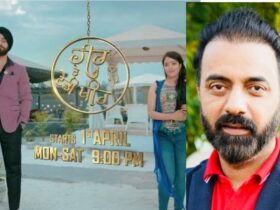
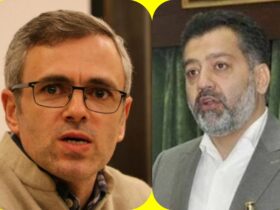
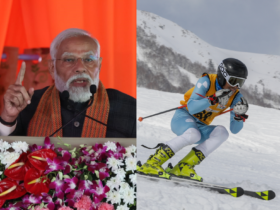

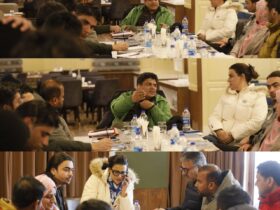
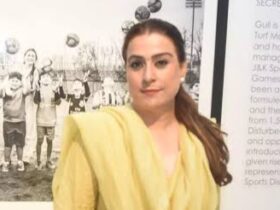

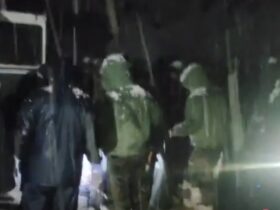

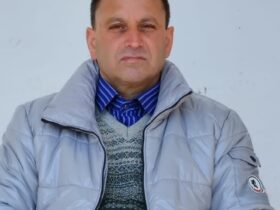
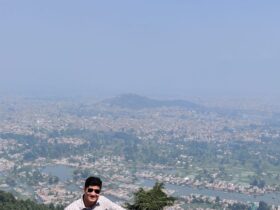
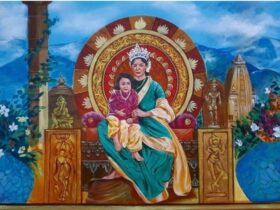

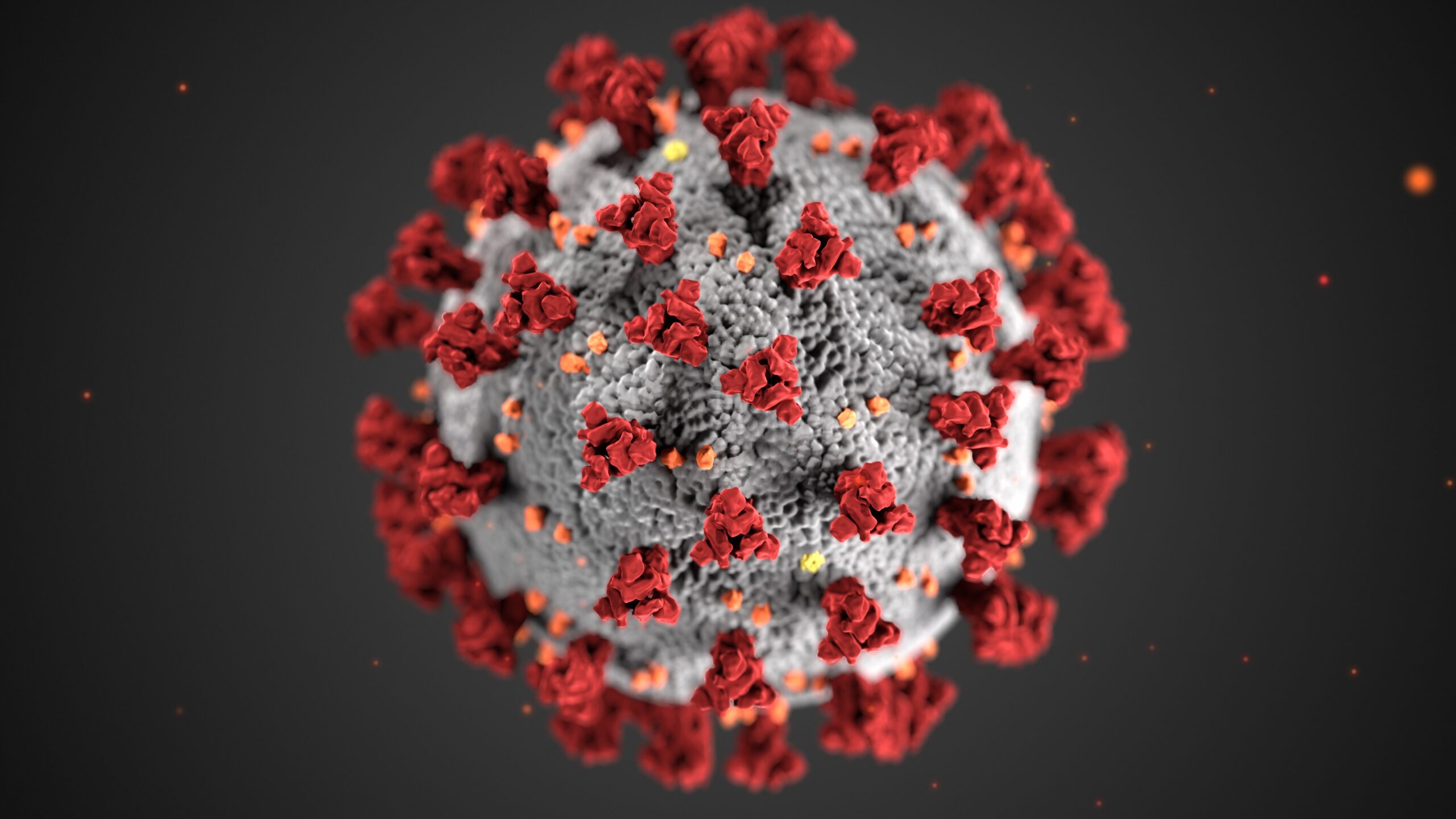
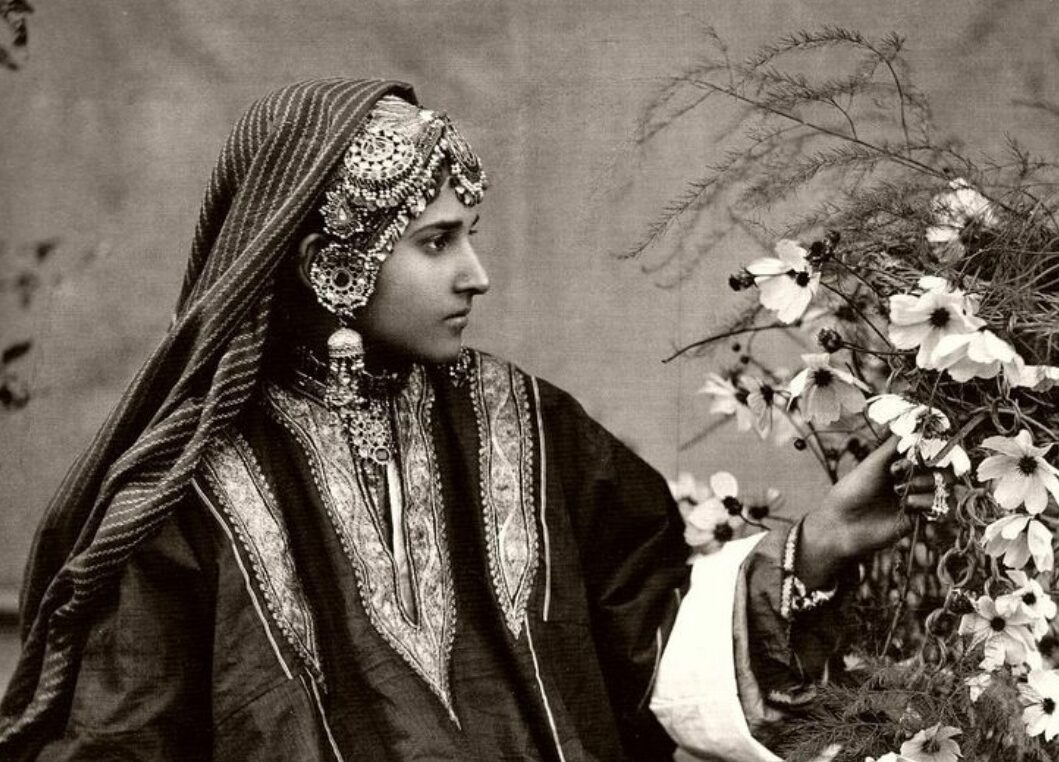
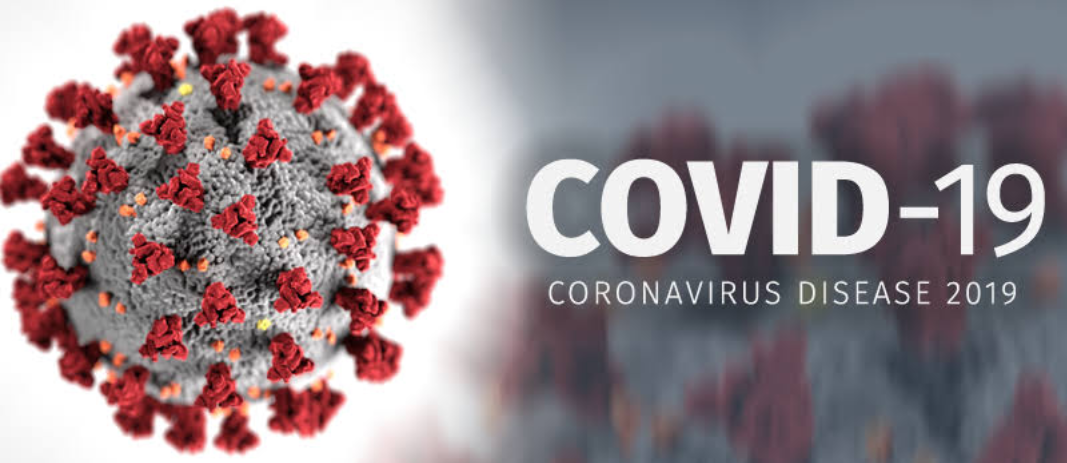
Leave a Reply